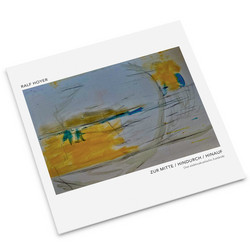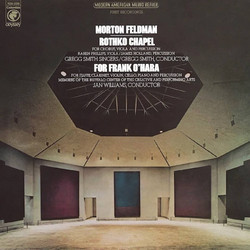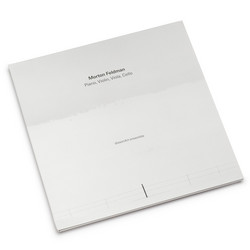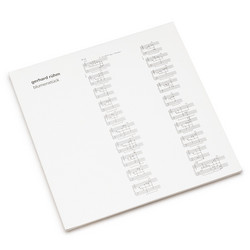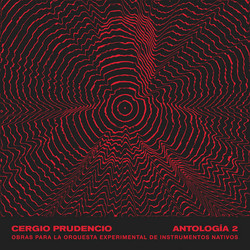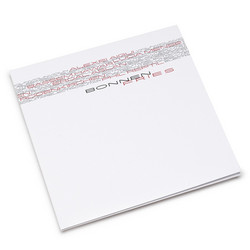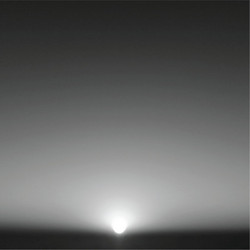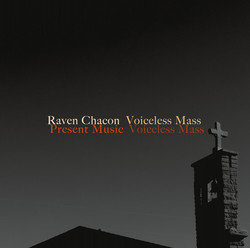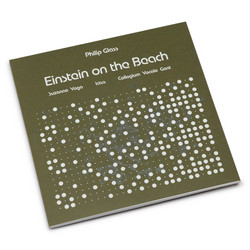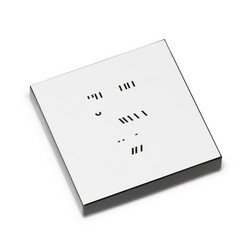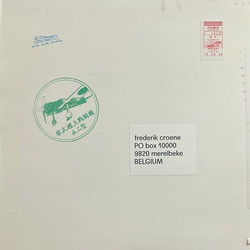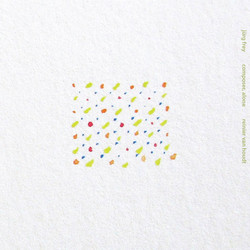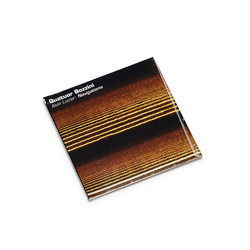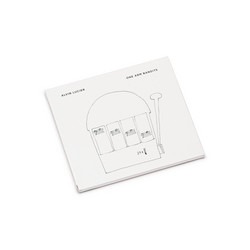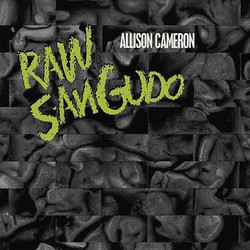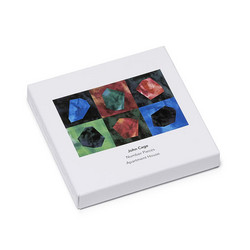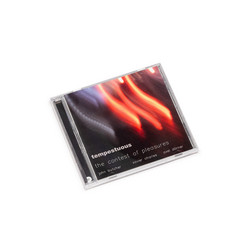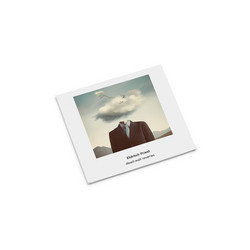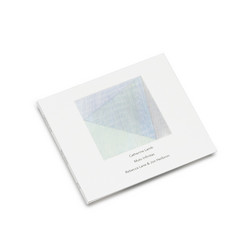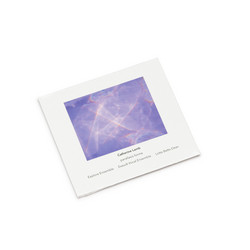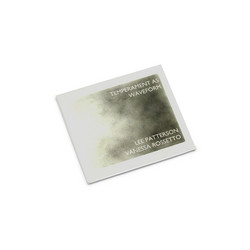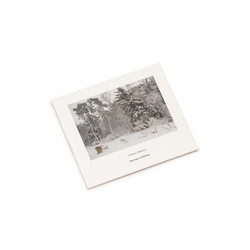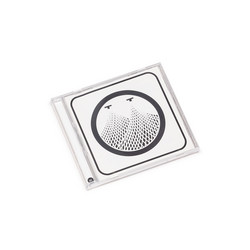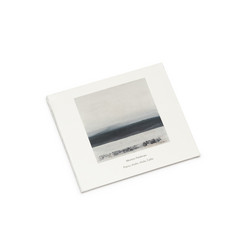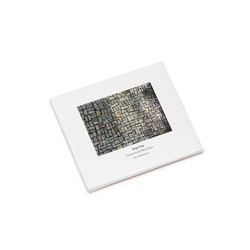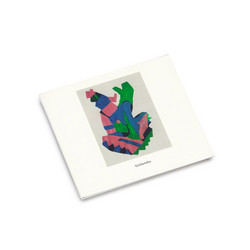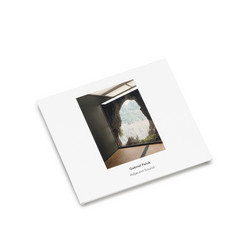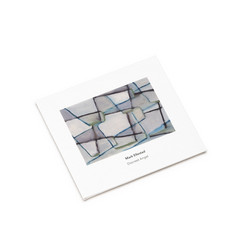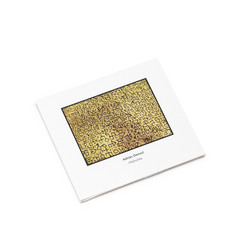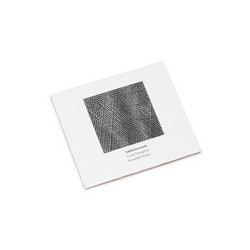Somatic Refrain collects five chamber and ensemble works by Allison Cameron, each piece illuminating a different facet of her inventive, exploratory voice. Opener “Somatic Refrain” was originally conceived for solo bass clarinet, here given a quietly radical interpretation by Heather Roche. Rather than relying on classical display, the solo blurs extended techniques and ornament with the resonance of ambient noise, echoing Cameron’s embrace of inspiration drawn from the hum of a refrigerator - encouraging performer and listener alike to find music in the ordinary and the unexpected.
As the program unfolds, Apartment House brings clarity and nuance to works like “Pliny,” which threads together flute, clarinet, violin, cello, piano, and vibraphone. The piece darts through delicate textures and indeterminate fields, letting brief melodic figures dissolve into soft chiaroscuro. The three “Retablo” movements draw from fragmented dances and folk memories, each movement finding a novel interplay between articulated lines and unresolved gesture, creating pockets of lyricism without settling into predictable patterns.
The album’s centerpiece, “H,” unites the Allison Cameron Band with Cameron herself, Eric Chenaux, and Stephen Parkinson. This collaboration stands slightly outside conventional classical territory, mixing banjo, harmonica, toy piano, and electric instruments into a folk-inflected palette that blends rusticity and urban experiment. Instead of categorical boundaries, Cameron explores the borderlands between compositional impulse and collective improvisation, between structure and willingness to follow wherever the ear may lead.
Throughout Somatic Refrain, what stands out is the humility in allowing sound itself to define each piece’s unfolding logic. Cameron orchestrates her materials for clarity, yet the music resists easy definitions - moving instead through zones of high sensitivity, subtle humor, and sharp focus on the tiniest shifts in atmosphere or timbre. In the hands of Apartment House and her close collaborators, these works reward the kind of listening that is slow, patient, and open - a reminder that innovation in chamber music often comes through careful attention to the overlooked, the in-between, and the quietly mysterious.
